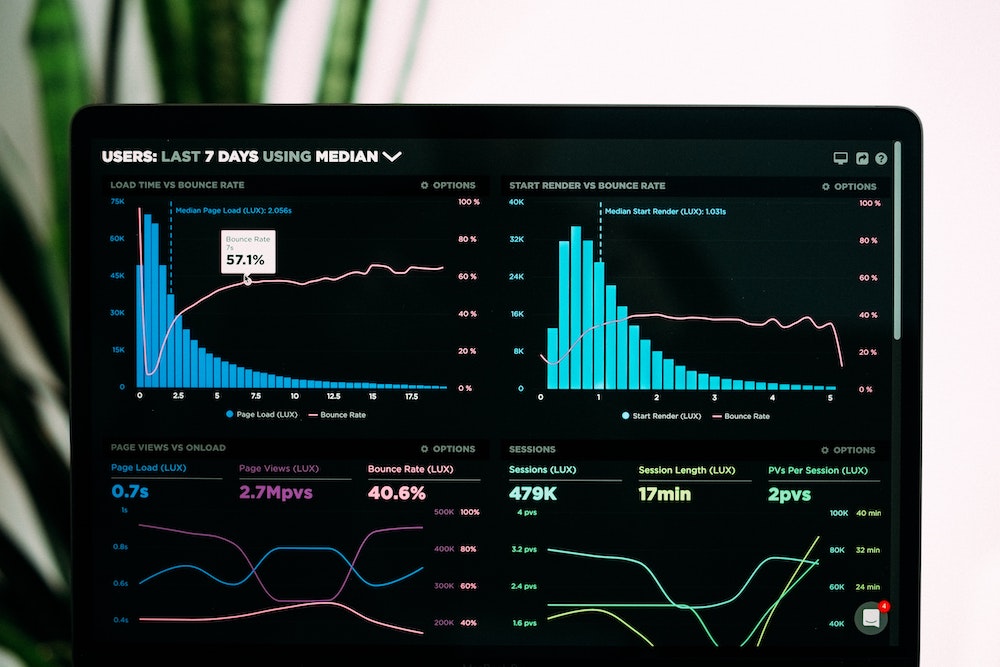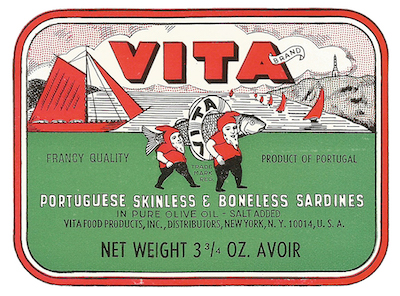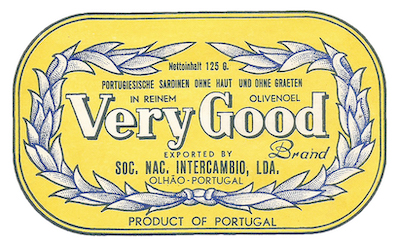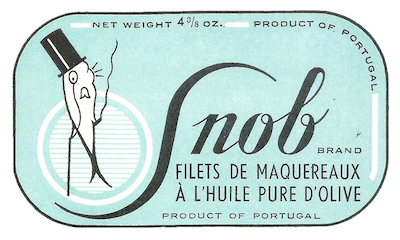An interesting paper from David Gal and Itamar Simonson that
investigates our ability to predict consumer choices in an age of “big
data”.
First, preferences are far from static:
“To be sure, in some cases consumers do have strong, precise, stable
preferences for particular products or attributes, and they may
habitually buy the same options. For instance, some people prefer to
buy a 2% organic milk. Likewise, a few consumers may have self-imposed
rule as to the highest price they are willing to pay for a water
bottle, which prevents them from buying water at airports. When
preferences for products or attributes are strong, stable, and
precise, consumer choices are relatively easy to predict, such as by
simply asking consumers about their preferences.
“However, most of the choices made by consumers that are not habitual
or routine are not the result of precise, stable preferences for those
products, but are constructed (or discovered) at the time a decision
is being made on the basis of interactions among many individual and
situational factors.”
After digging into conjoint analysis, recommendation engines, and other
predictive tools, Gal and Simonson conclude:
“In contrast, the conclusions from our review reinforce the view that
marketing remains as much an art as science, whether or not the
analyses produce seemingly precise numbers. Marketers, as much as
ever, must rely on their creativity, insight and judgment, as well as
trial and error, and often some serendipity, to identify and develop
truly new products (and messages) that match dormant (or “inherent”)
consumer preferences.”
#






























